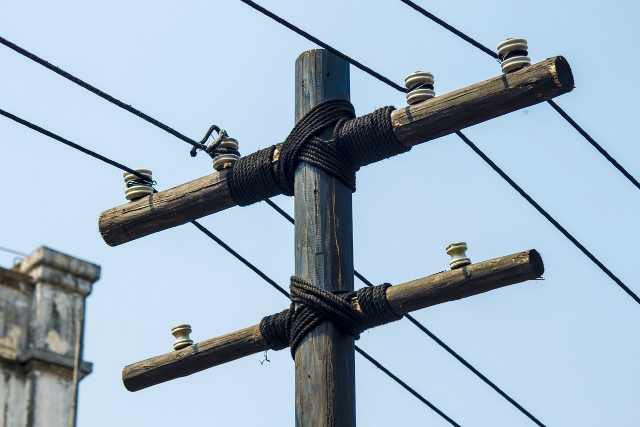What a Christmas present it was for Algonquin Power & Utilities Corp. (TSX:AQN)(NYSE:AQN) and its shareholders! The utility finally got the last regulatory approval needed for the Empire District Electric merger three days before Christmas. The transaction is expected to close in early January.
Algonquin is a rising star
Currently, Algonquin is a $6.3 billion business, and it’s aiming to be a top quartile North American utility. It provides rate-regulated water, electricity, and natural gas utility services to more than 564,000 U.S. customers.
Algonquin has 1,300 MW of installed capacity, of which 65% is wind powered, 24% is thermal powered, and the rest is hydro or solar powered.
Since the end of 2010, Algonquin shareholders have enjoyed annualized returns of 18.3% compared to S&P 500’s market return of nearly 12% per year. In other words, a $10,000 invested in Algonquin at the end of 2010 would have grown into nearly $27,350.
The company achieved this by a mix of organic growth and acquisitions, including expanding into the U.S, in which it now has 80% of its business.
Algonquin’s U.S. dollar–denominated dividend has also contributed to its strong returns. It currently yields 5% and has hiked its dividend every year since 2011. The average growth rate for its dividend hike has been outstanding at 15% thanks partly to the strong U.S. dollar.

What will Empire bring?
The US$2.4 billion acquisition will add regulated assets to Algonquin’s portfolio. Empire provides electric, natural gas, and water services to 218,000 U.S. customers.
The merger will boost the operating profit of Algonquin’s distribution portfolio to $450 million, which is 50% higher. Algonquin will then have a more geographically diverse portfolio, earning 42% of its operating profits from its electric distribution service, 38% from its gas distribution service, and 20% from its water distribution service.
There will be opportunities to further invest about $2.5 billion over five years in Empire to improve the efficiency of its operations. Empire’s capacity is 33% coal and only 3% wind. That’s where Algonquin comes in; wind generation is cheaper than coal and is one of Algonquin’s core competencies.
Conclusion
Algonquin’s growth plan through 2021 to invest a total of $9.7 billion (including the Empire merger) is expected to more than double its net assets to $14.5 billion.
If all goes according to plan, Algonquin’s earnings and cash flow growth will support its aim to increase its dividend by 10% per year for the next five years. So, an investment today with a 5% yield will have a yield on cost of over 8% in five years.
If Algonquin maintains a 5% yield (and assuming a conservative currency exchange of US$1 to CAD$1.20), then Algonquin would trade at about $16.37. This implies a 42% upside or conservative annualized returns of roughly 12.5% including its dividend.
If so, it’ll beat the average market returns of 10%. Investors will get a company in a relatively low-risk industry and juicy dividend income.








